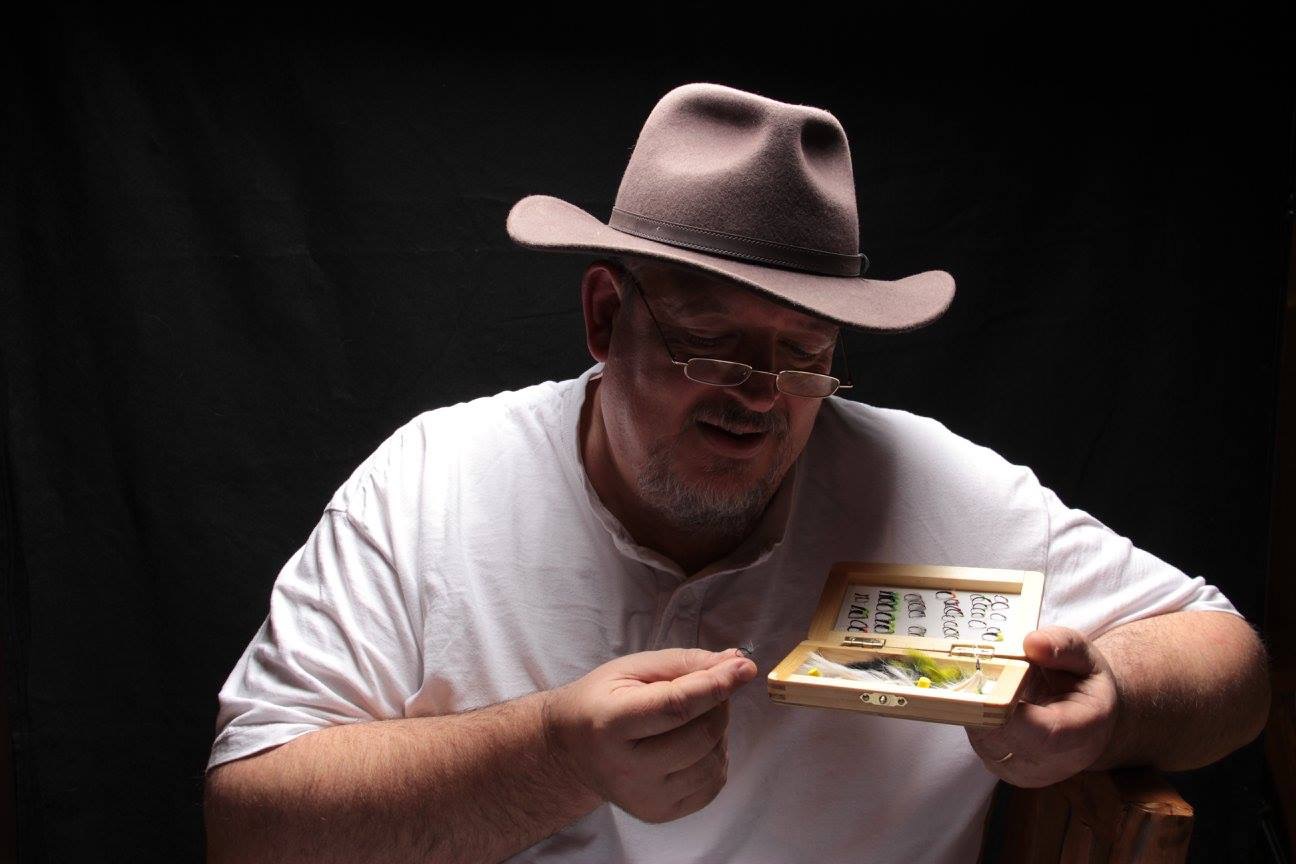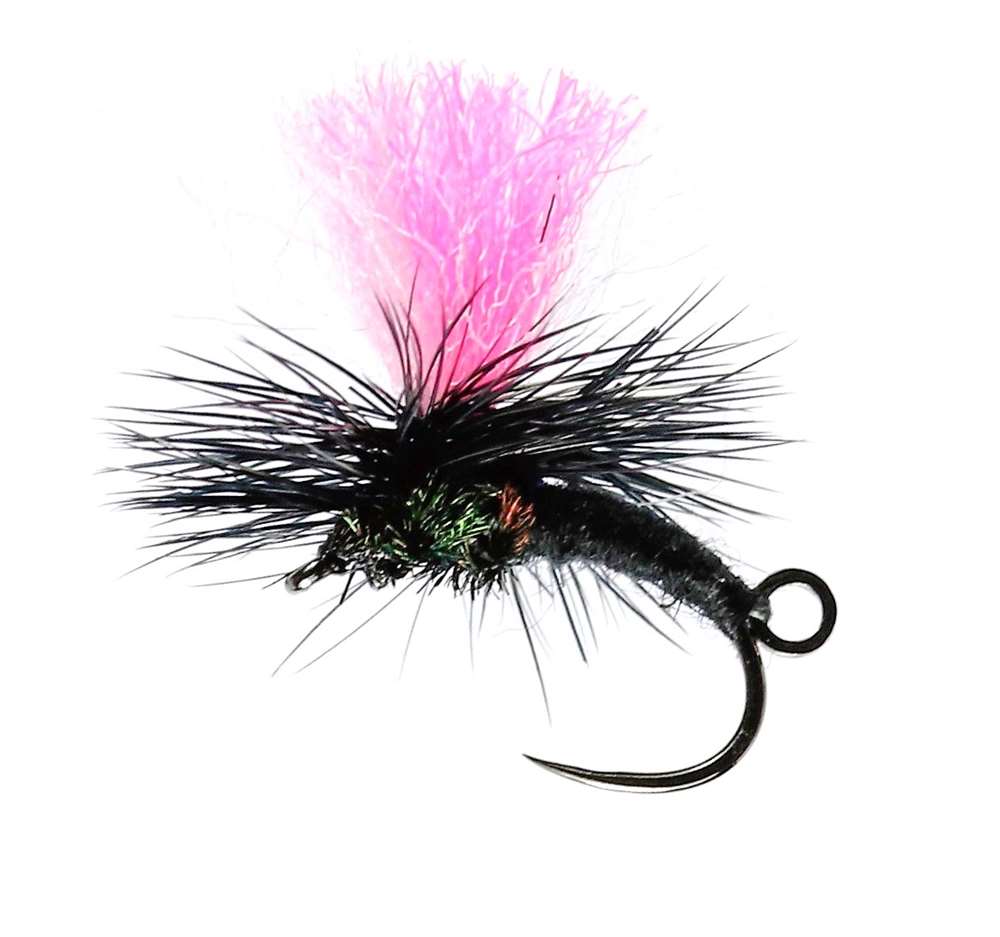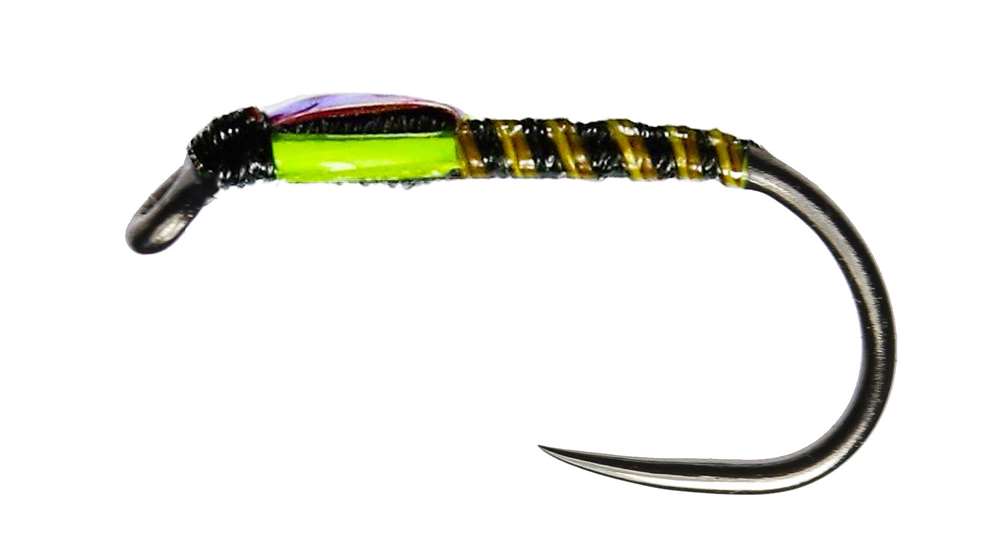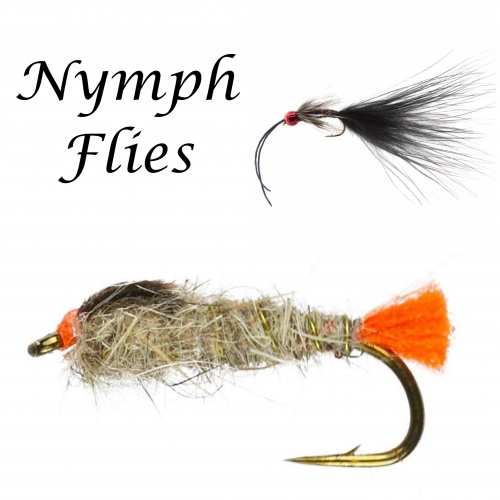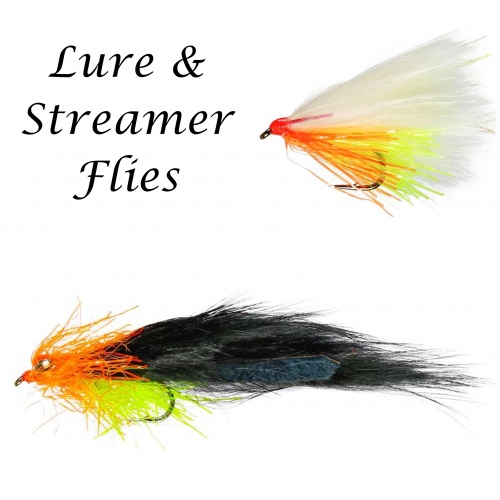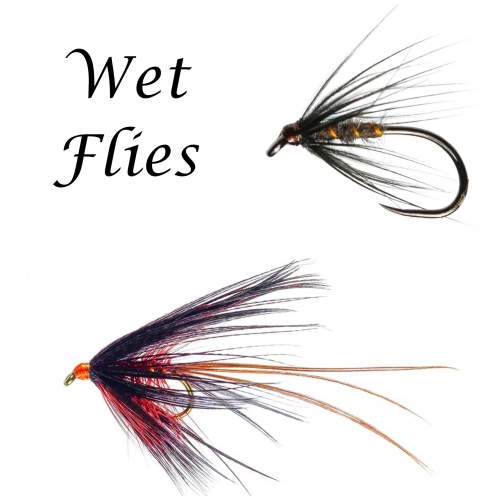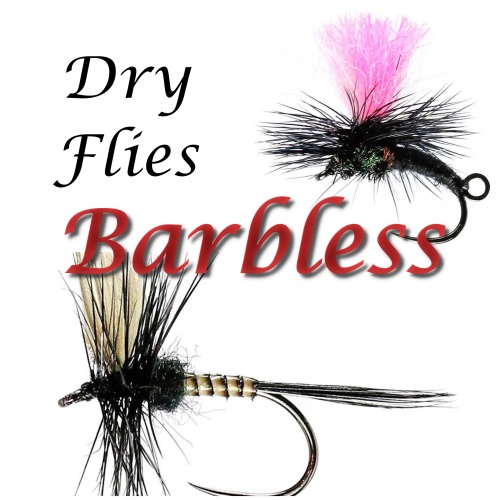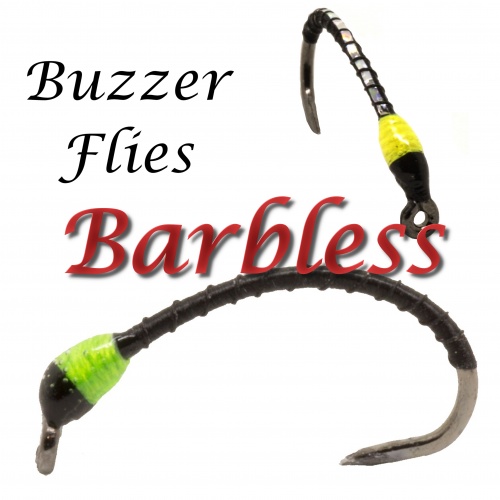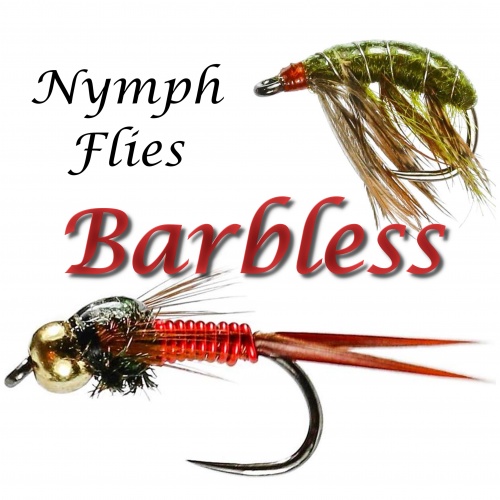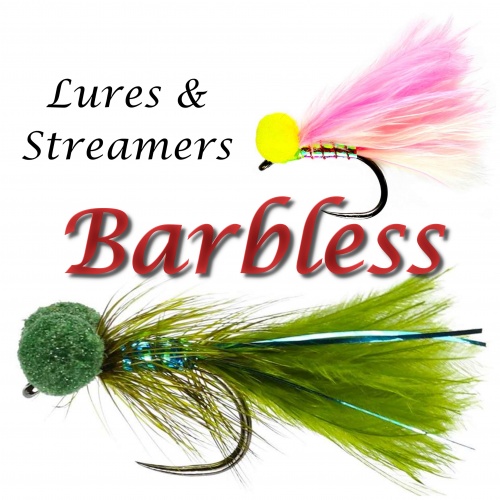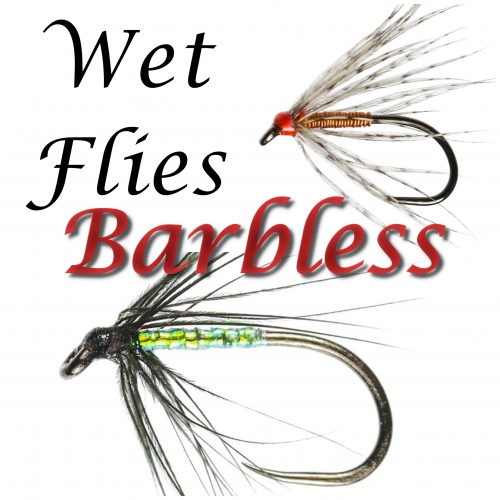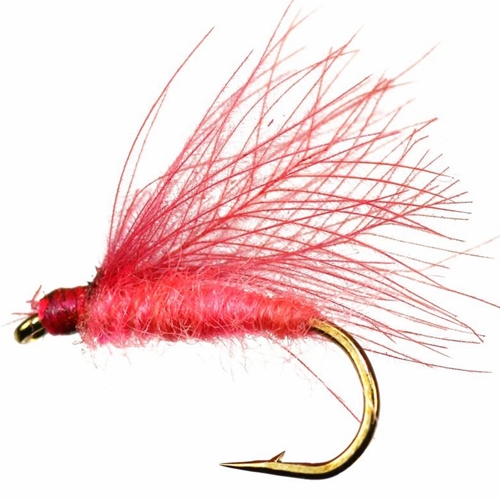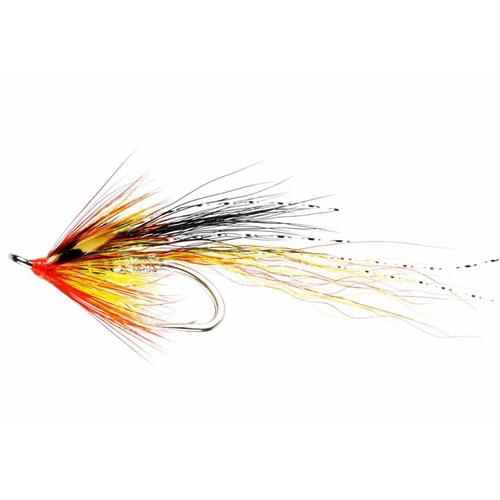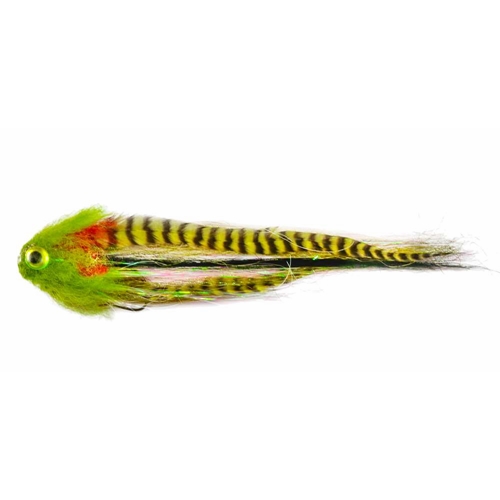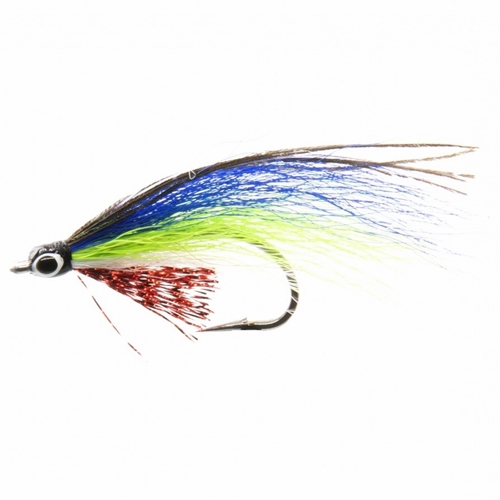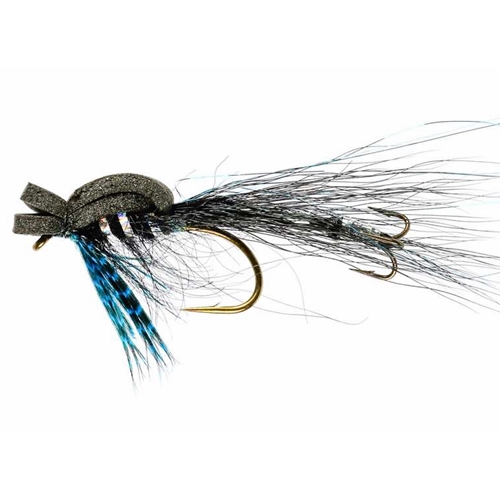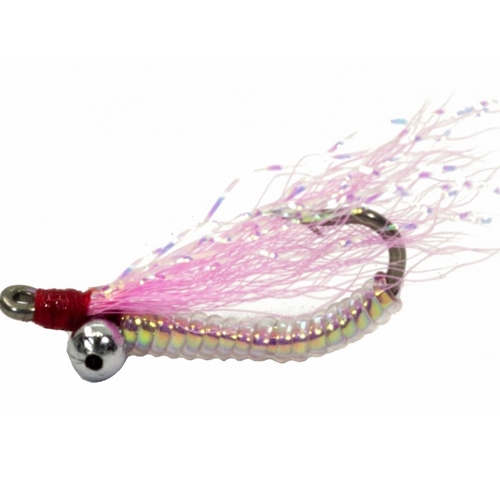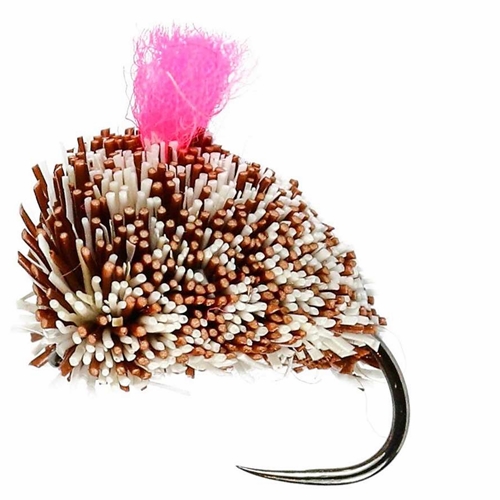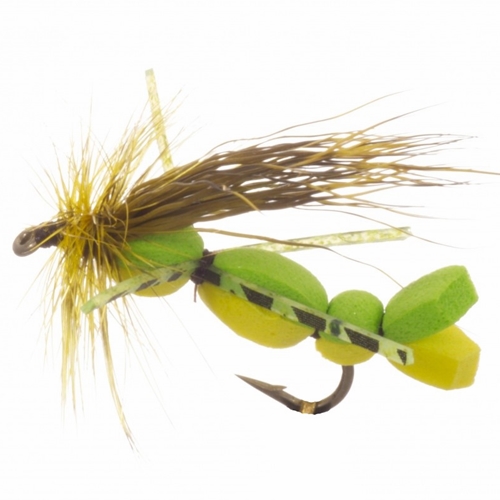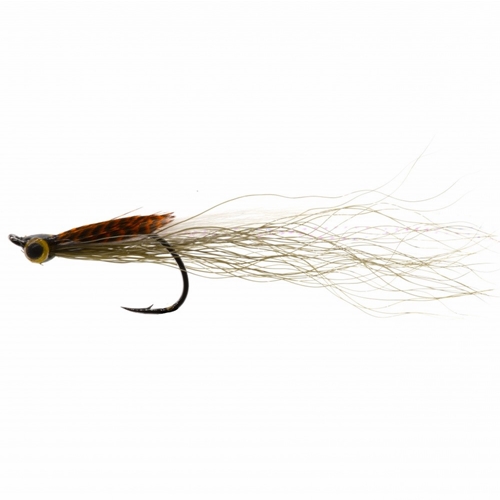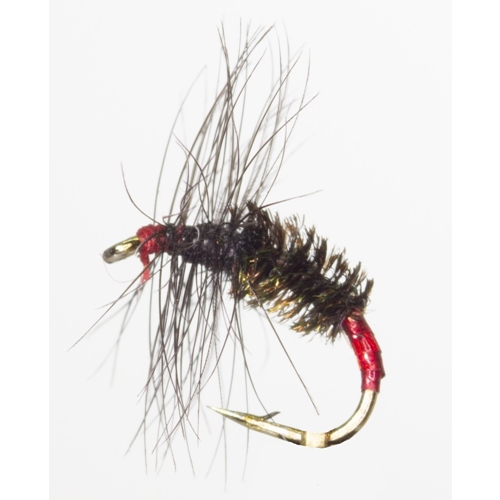| Brown trout | ||||||||||||||
|---|---|---|---|---|---|---|---|---|---|---|---|---|---|---|
 | ||||||||||||||
| Conservation status | ||||||||||||||
| Least Concern (IUCN 2.3) | ||||||||||||||
| Scientific classification | ||||||||||||||
| ||||||||||||||
| Binomial name | ||||||||||||||
| Salmo trutta Linnaeus, 1758 | ||||||||||||||
| Morphs | ||||||||||||||
| Salmo trutta morpha trutta |
Salmo Trutta - Sea Trout or Salmon Trout
The brown trout (Salmo trutta morpha fario and Salmo trutta morpha lacustris) and the sea trout (S. trutta morpha trutta) are fish of the same species.
They are distinguished chiefly by the fact that the brown trout is largely a freshwater fish, while the sea trout shows anadromous reproduction, migrating to the oceans for much of its life and returning to freshwater only to spawn.
Salmo Trutta live for a greater part of the time than any other Trout. Salmo Trutta is caught in the estuaries or rivers as it ascends to breed, especially in rivers that lead to a loch or lake. Salmo Trutta seeks shallows where its' eggs are laid.
The female Salmo Trutta is steely grey in colour slightly diffused with pink. The male Salmo Trutta is more red in appearance and the body spots are also red.
